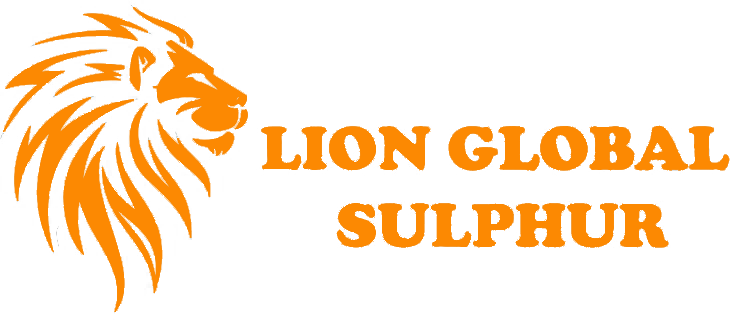Delivery Methods in International Trade
Incoterms delivery forms are combined in 4 groups There are 11 delivery types in total. E, F, C and D.
Group E means Ex group and means exit. Delivery forms concerning the exit of the goods begin with the letter E.
The important point in F Group delivery methods is that the freight is paid by the importer, not the exporter. All forms of delivery concerning this situation begin with the letter F.
Group C delivery forms inform that the freight is paid by the exporter. All forms of delivery on the subject begin with the letter C.
Group D means that the destination of the goods is focused. Related forms of delivery start with the letter D.
The delivery methods used in all types of transportation (land, air, sea, railway) are as follows.
– EXW (EX WORKS): Delivery at the exporter’s workplace.
It is the delivery method that puts the seller (exporter) in the least trouble. It is sufficient for the seller to prepare the product and leave it at his door (warehouse, factory). The rest of the process belongs to the importer. It is the responsibility of the importer to take the goods from the door and transport them with the transport company, to deal with the customs procedures in both regions.
– FCA (FREE CARRIER – Free Carrier): Delivery to carrier
It is the type of delivery that takes place when the exporter delivers the goods to a jointly determined point with the carrier company or to the carrier’s warehouse,rather than the exporter’s own door. In the process until the goods are in the hands of the carrier, the main responsible is the exporter.
– CPT (CARRIAGE PAID TO – with paid): Prepaid delivery.
The exporter is responsible for the preparation of the goods and handling the freight processes. As soon as the goods arrive at the customs of the buyer country, the responsibility passes to the importer. The importer is responsible for completing the customs procedures and unloading it to its warehouse.
– CIP (Carriage and Insurance Paid to – dd): Delivery with customs duties paid delevery
Its usage is exactly the same as CPT. In addition, the exporter undertakes the insurance coverage if something happens to him in the process until the arrival of the goods at the customs.
– DDP (DELIVERED DUTY PAID): Delivery with customs duties paid.
It is the type of delivery used as the opposite of the EXW delivery method. The exporter is responsible for preparing the goods, transporting them and handling the customs procedures in both regions. In this case, the importer is only responsible for clearing the goods from customs.
– DAP (DELIVERED AT PLACE – Yy): Delivery at designated place
The exporter transports the goods in question to the place agreed with the importer (warehouse, terminal, port, importer’s warehouse) by loading the goods in question, handling the customs procedures in his country, and then leaving the unloading to the importer. In addition to the unloading process, the customs procedures of the receiving country and the costs that may occur are also the responsibility of the importer.
– DPU (DELIVERED AT PLACE UNLOADED – Bb): Unloaded delivery at designated place
When looked at, the work done is almost the same as the DDP delivery method. The only difference is that the exporter undertakes the unloading of the goods at the customs of the receiving country. The exporter is responsible for personally downloading the goods to the relevant warehouse.
Delivery methods used in sea or inland waterways are as follows.
– FAS (FREE ALONGSIDE SHIP – Gg): Delivery next to the ship.
The exporter prepares the goods, brings them to the port and leaves them next to the ship. It does not load on the ship and handles customs clearance. Thus, the loading, unloading, transportation and insurance costs of the goods on the ship belong to the importer.
– FOB (FREE ON BOARD – u):Onboard delivery.
Although the FAS delivery method is the same, the only difference is that the cargo left at the port, next to the ship, is placed on the ship in the form of FOB delivery. The rest of the process is repeated as in FAS.
– CFR (COST AND FREIGHT – Mm): Freight paid delivery.
The action we mentioned in the form of CPT delivery is exactly valid. The only reason why it is gathered under the name of CFR is that it is a term used only in sea transport.
The exporter is responsible for the preparation of the goods and handling the freight processes. As soon as the goods arrive at the customs of the buyer country, the responsibility passes to the importer. The importer is responsible for completing the customs procedures and unloading it to its warehouse.
– CIF (COST, INSURANCE, FREIGHT – Mm): Freight paid delivery.
The action we mentioned in the form of CPT delivery is exactly valid. The only reason why it is gathered under the name of CFR is that it is a term used only in sea transport,

